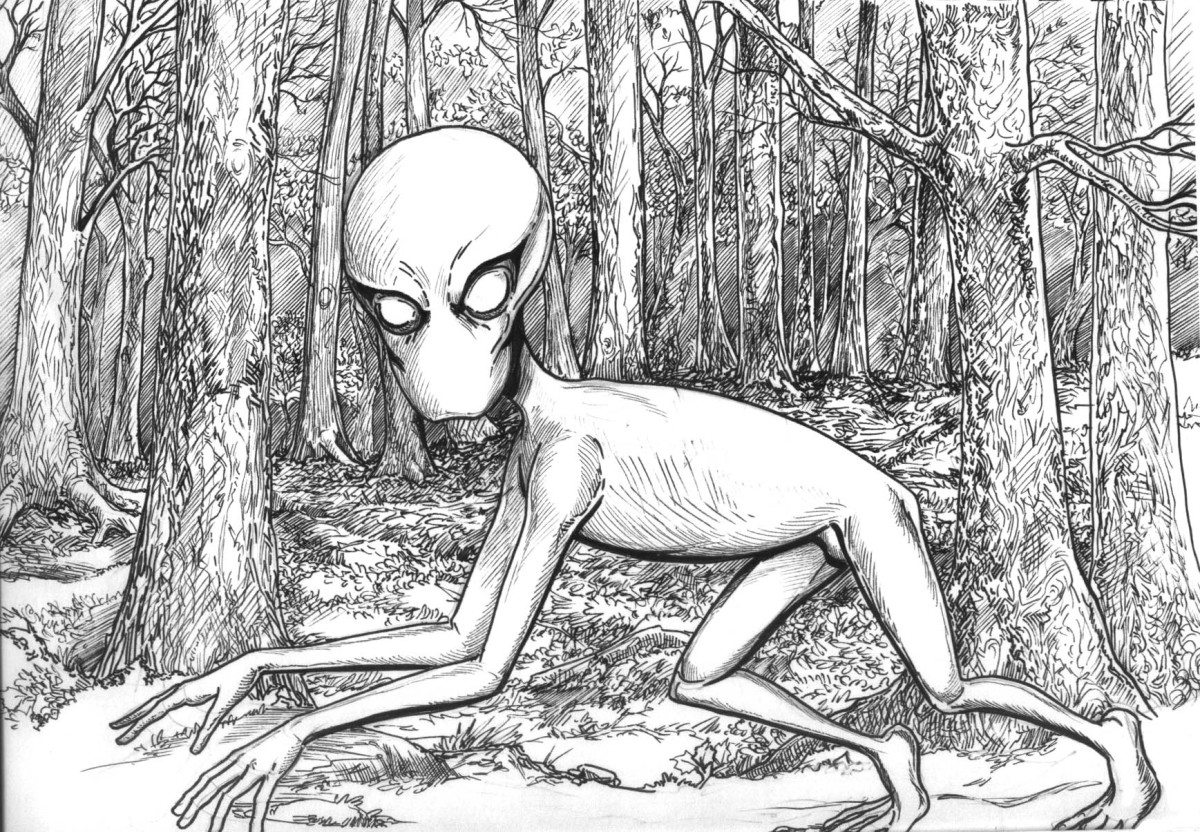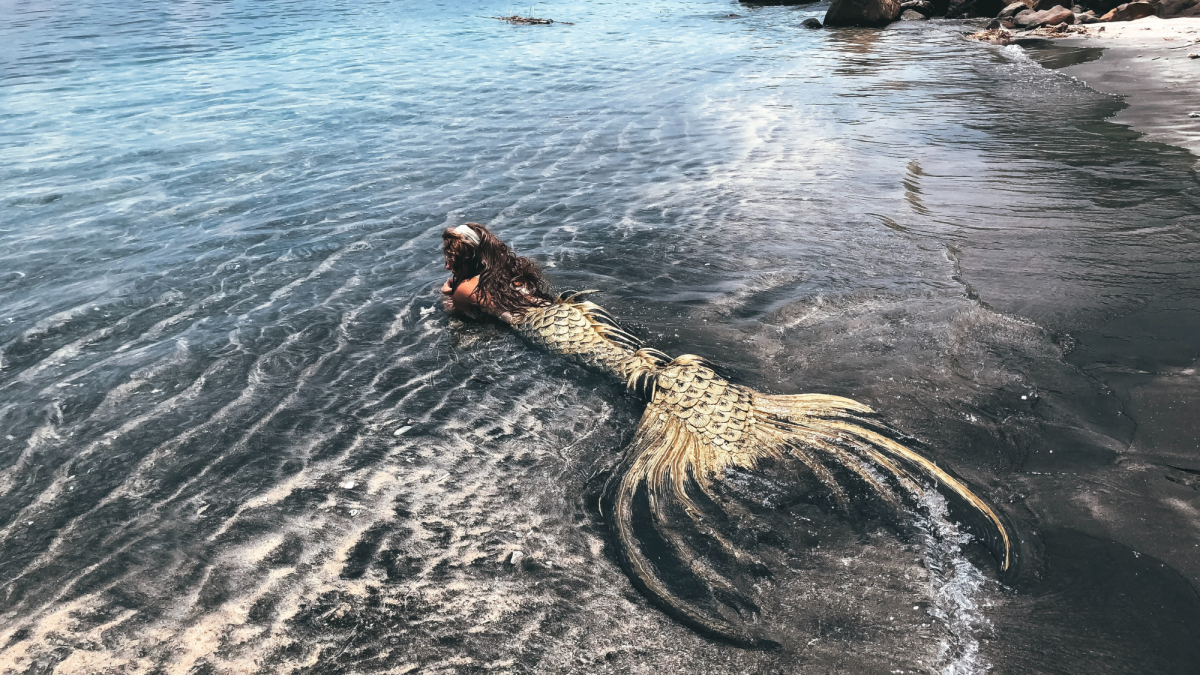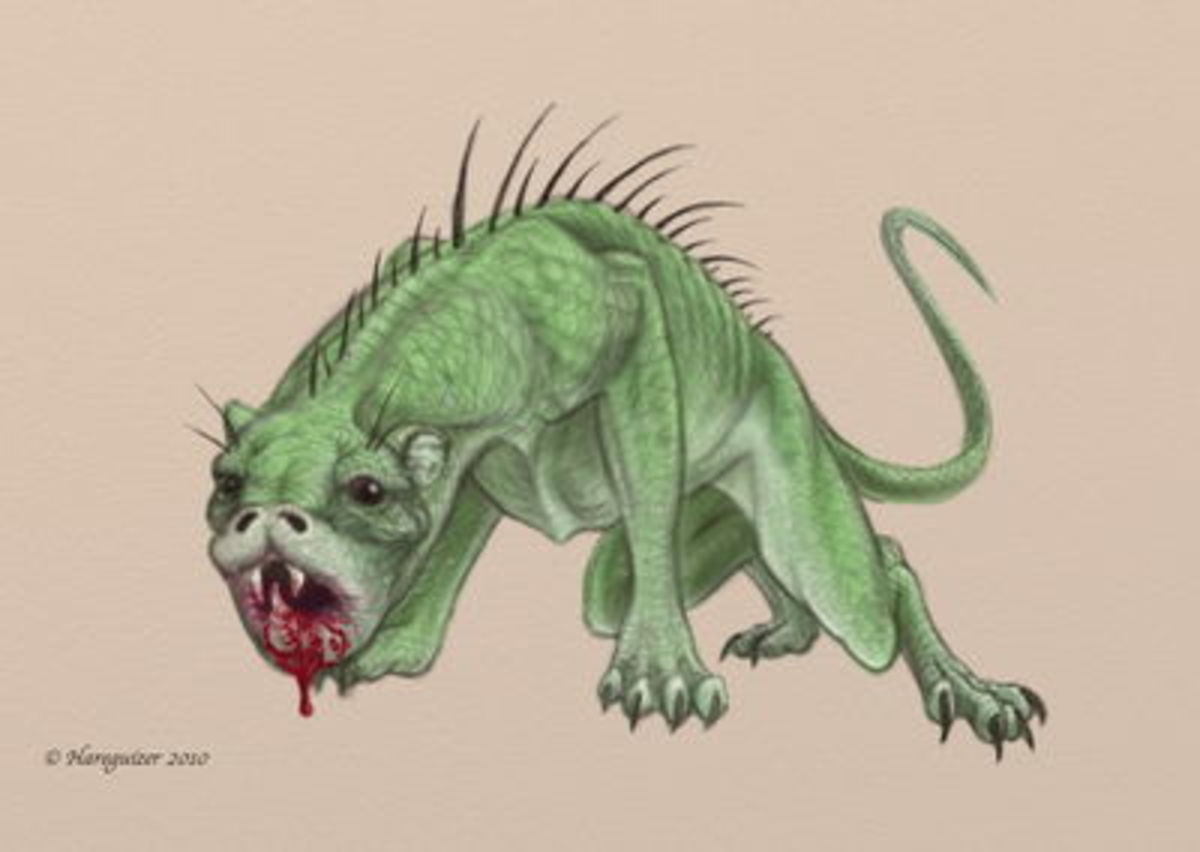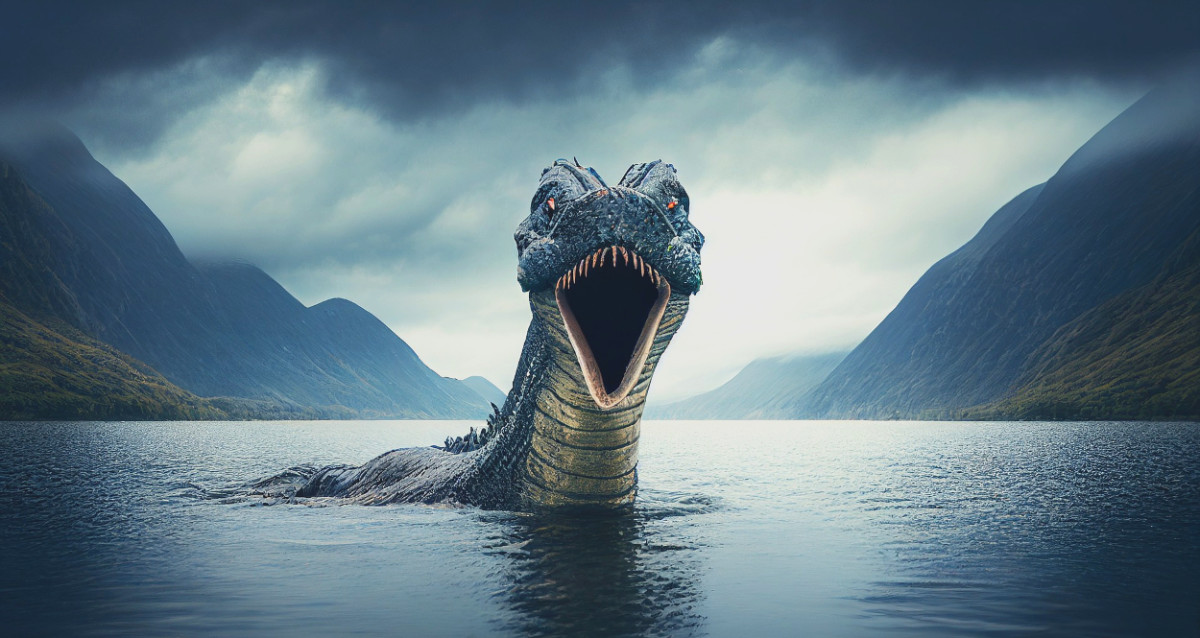- HubPages»
- Education and Science»
- Sociology & Anthropology»
- Folklore & Mythology
6 Mysterious Monsters of Mexico & the Caribbean
According to the Oxford Dictionary, a cryptid is an animal whose existence or survival is disputed or unsubstantiated, such as the yeti. The International Society for Cryptozoology is continually evaluating the evidence for cryptids. Here are six of the strangest cryptids of Mexico and the Caribbean.
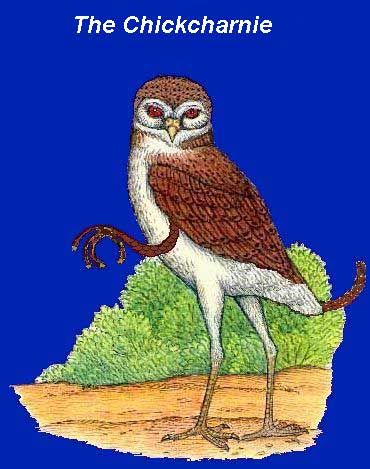
The Chickcharney resembles an owl and lives on Andros Island in the Bahamas. It is about three feet tall with three talons on each leg and red eyes.
There is a myth that if you run into a Chickcharney and treat it well you will have good fortune. Conversely, if you are mean to it or tease it, you will fall on hard times.
Sightings have continued into the modern age. The extinct Tyto pollens was a cousin of the Common Barn Owl. It was about three feet tall and flightless. It supposedly survived until settlers cut down the Eastern Andros Forests in the 16th century. Tyto pollens was a flightless bird so it didn’t need trees as shelter, thus they may still exist on the western part of Andros Island which would explain modern day sightings.
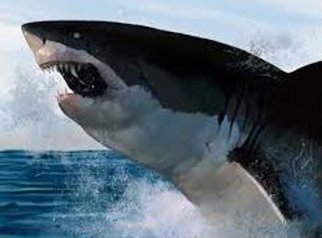
The Black Demon lives in the Sea of Cortez off Mexico’s Baja California. It is enormous, weighing anywhere between two and twenty-five tons and reaching lengths of up to 60 feet. It vaguely resembles a great white shark, but is black in color and has a much larger tail in proportion to its body.
There has been some speculation that the creature is actually a megalodon. The megalodon is a species of shark thought to be extinct. It lived during the Cenozoic Era 23 million to 2.6 million years ago.
In 1875 the HMS Challenger was on a deep-sea expedition and dredged up megalodon teeth that were carbon-dated to be only 10,000 years old. That is relatively recent compared to the Cenozoic Era.
Sightings are rare, but the Black Demon has been known to attack boats and witnesses have reported seeing it leaping from the water and engulfing whole groups of sea lions and seals.

The Nayarit Ruffed Cat has been seen in the Sierra Mountains in the Mexican state of Nayarit and is also called the Mexican Ruffed Cat. Locals say it is definitely not a jaguar, jaguarundi, or a cougar.
It is described as being brown, not tan like the other cats and has odd looking wavy stripes on the top part of its legs and its sides. It has light and dark brown stripes over its body which is about seven feet long and its mane almost completely hides its ears.
There are researchers that believe the Nayarit Ruffed Cats may actually be saber-toothed cats which were thought to be extinct 11,000 years ago.
In 1940 Ivan T. Sanderson, a Scottish biologist, obtained two hides of the Nayarit Ruffed Cat. Unfortunately, the hides were destroyed in a flood that struck Sanderson’s base in Belize before they could be thoroughly examined.
There are theories that the cat is an entirely new species or possibly a subspecies of the jaguarundi or lynx. There is also an unlikely possibility that it is a tiger/lion hybrid or a huge feral cat.
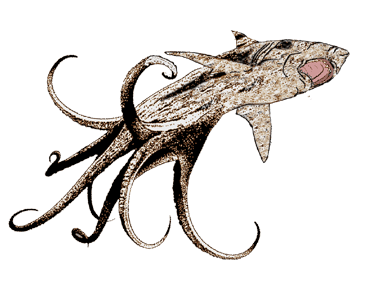
The Lusca is a sea monster that has been reported in the Caribbean Sea. Cryptozoologists suspect it is a gigantic octopus, larger than any species of octopus discovered so far.
Many sightings have occurred off the Bahamian Island of Andros from the blue holes. Blue holes are large sinkholes or caverns. They extend beneath the water and sometimes give access to underwater cave passages.
In January of 2011, witnesses reported the corpse of a gigantic octopus that had washed up on Grand Bahama Island. Some of the body had already been eaten away by scavengers but, based on their years of experience, local fisherman estimated the creature was between 20 and 30 feet long.
There have been other descriptions which depict the Lusca as half-shark and half-octopus. These “octo-sharks” are described as anywhere from 75 to 200 feet long and having octopus tentacles and shark teeth. Yet other descriptions have said it looks more like a squid and eel combination.
Some oceanographers have suggested that some supposed Lusca attacks are actually spontaneous whirlpools caused by sudden tidal changes sucking water back through the blue holes creating a spontaneous whirlpool.
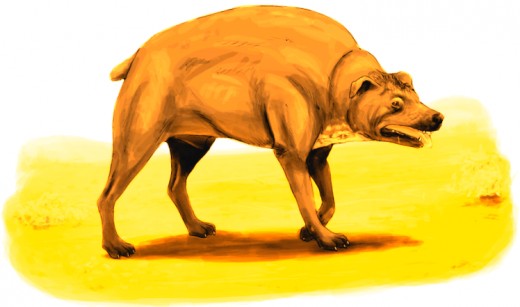
The Itzcuintlipotzotli is a strange dog-like creature that has been seen in Mexico, especially around the area of Michoacán. It was first described by Jesuit Francisco Javier Clavijero in his book Ancient History of Mexico written in 1780.
The animal was described as having no hair and a very short tail. It had a big nose on a small head with little droopy ears. The legs were shorter in the front than in the back and it had a large hump on its back. The Itzcuintlipotzotlis were either black, white, or fawn in color.
There is a story told of a 10-year-old boy who lived in Tariácuri. He had been warned about the Itzcuintlipotzotli and not allowed to go out at night alone, but one night when it was too hot to sleep he decided to walk down to Lake Pátzcuaro where it was cooler.
He walked along the path by the river, but he never made it to the lake. The creature came out of the woods and killed the child. He ate every bit of the little boy, leaving nothing behind but his shirt and pants.
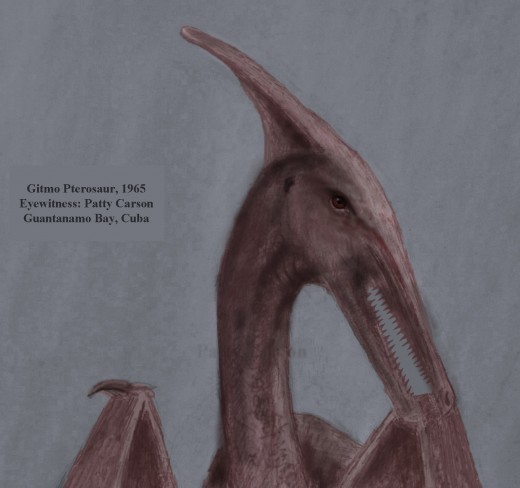
The Gitmo Pterosaur is thought to be a flying dinosaur seen in the sky above Guantanamo Bay. The first report came from a woman named Patty who had lived on the naval base when she was a little girl.
In 1965 she and her little brother were walking towards their home when they heard something rustling the grass at the side of the road. A creature suddenly popped its head and shoulders up over the tall grass. She described it as a winged, but featherless, animal that was as tall as a grown man. Its mouth was full of small, pointed teeth and its tail was long with a diamond shaped tip.
The creature was about 30 feet away and appeared to be just as startled as the children. They stared at each other for just a few seconds and then the animal flew away. None of the adults believed their story, but Patty has always stuck by it.
Patty’s brother, Tom, came home one day a year later and told her that he had seen the creature again. This time they decided not tell the adults because they wouldn’t have believed them anyway.
The next reported sighting came from a more credible source than two young kids. In 1971 Eskin Kuhn was a U.S. Marine stationed at the naval base. One day he went outside his barracks to get some fresh air and saw two pterodactyls flying close together in the sky.
He described the animals as having leathery wings with a 10-foot wingspan. They had short hind legs which were attached at the rear of the wings and the backbone was visible between the shoulder blades. He estimated the creatures were flying about 100 feet above the ground.
Mr. Kuhn did not know the children who had seen the animal seven years before and he had never heard the story, but their descriptions were incredibly similar.

